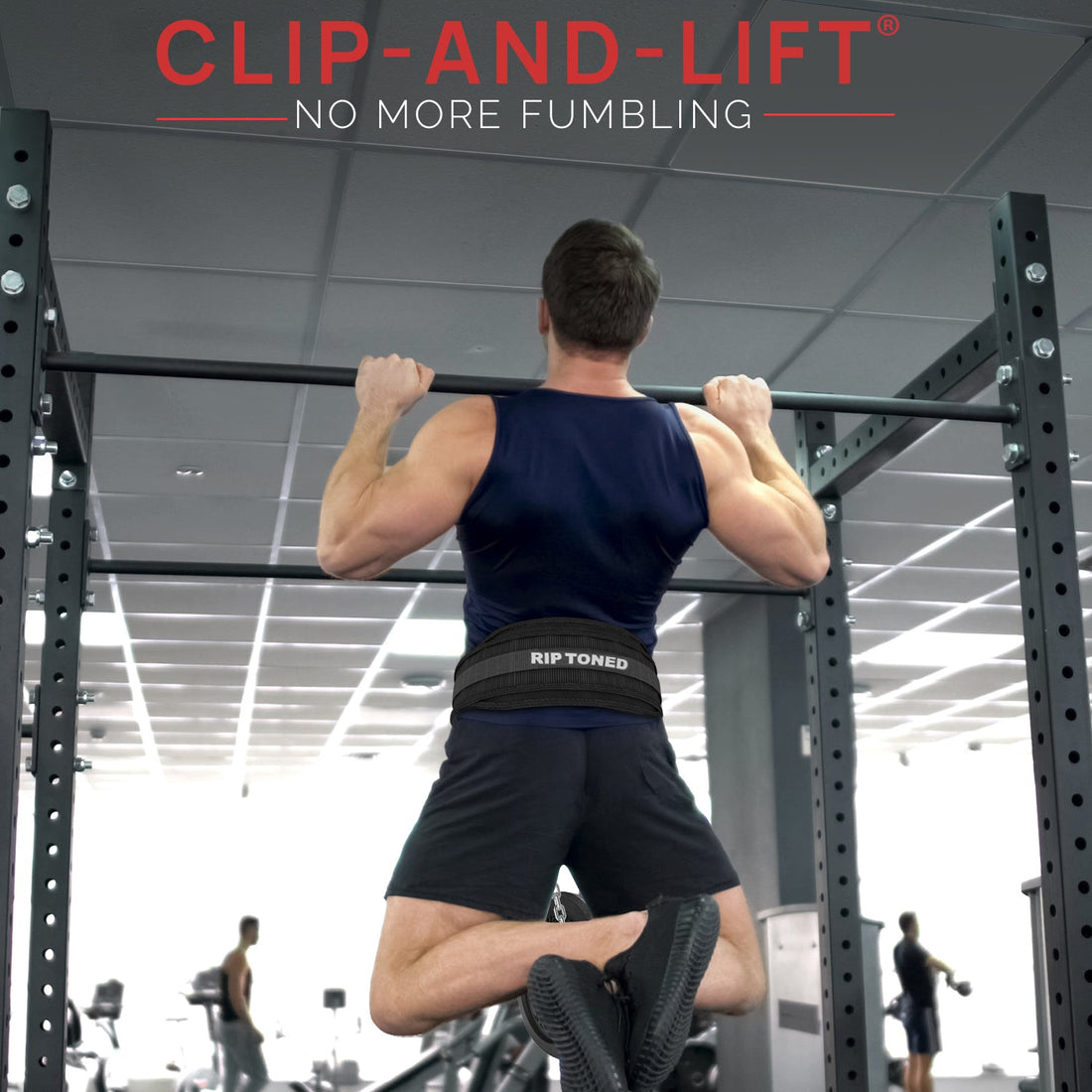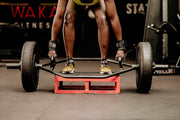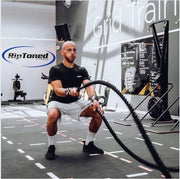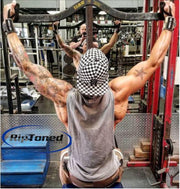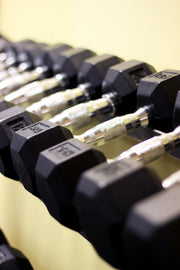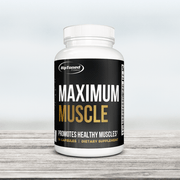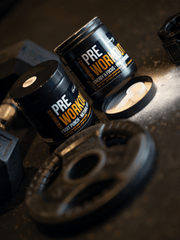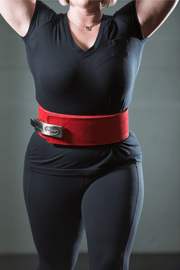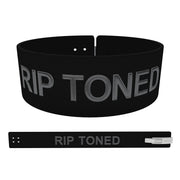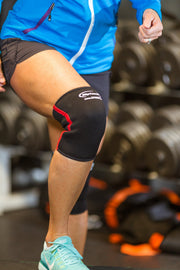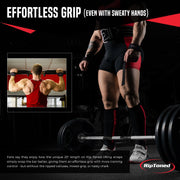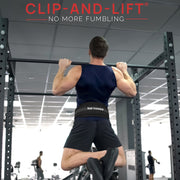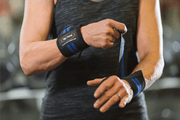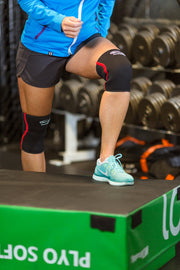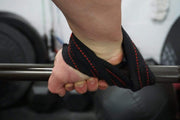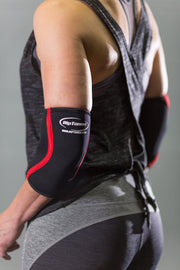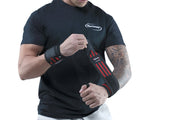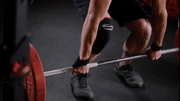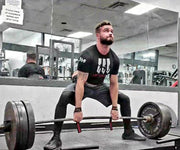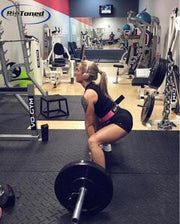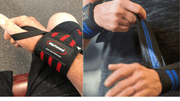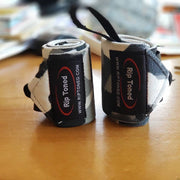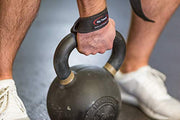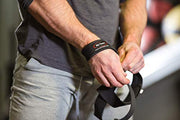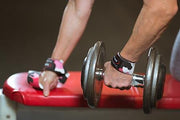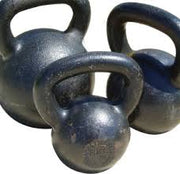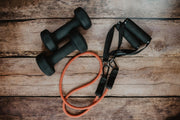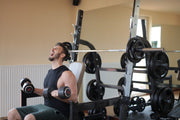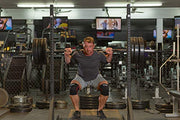Table of Contents
- Introduction
- What is a Dip Belt?
- Types of Dip Belts
- Benefits of Using a Dip Belt
- How to Use a Dip Belt Safely
- Dip Belt Workouts
- Choosing the Right Dip Belt
- Conclusion
Introduction
Welcome to our Rip Toned comprehensive guide on dip belts! In this article, we will explore everything you need to know about dip belts, including their types, benefits, safe usage, workouts, and how to choose the right one. Whether you're new to weightlifting or an experienced gym-goer, dip belts can add a new dimension to your training regimen, and we're here to show you how. Let's dive in!
What is a Dip Belt?
A dip belt, also known as a weight belt, is a fitness accessory designed to enhance resistance during bodyweight exercises such as dips and pull-ups. It consists of a sturdy belt and chain or strap mechanism for attaching weight plates, allowing the user to increase the load for specific exercises. Dip belts are commonly used in strength training and bodybuilding to intensify upper body workouts and build muscle mass. They provide a versatile way to incorporate additional weight into bodyweight exercises, making them a valuable tool for strength and resistance training.
Types of Dip Belts
Dip belts come in various types, each designed to cater to different training needs and preferences. Let's take a closer look at the different types of dip belts available:
- Leather Dip Belts:
- Leather dip belts are well-known for their exceptional durability and classic design. They are a popular choice among weightlifting enthusiasts for their ability to withstand heavy loads and provide reliable support during workouts. The timeless appeal of leather dip belts makes them a timeless addition to any weightlifting routine.
- Chain Dip Belts:
- Chain dip belts feature a sturdy metal chain for attaching weight plates, offering a rugged and heavy-duty option for intense workouts. The metal chain design provides a secure and reliable means of adding resistance during dips and pull-ups, making chain dip belts a preferred choice for advanced athletes seeking maximum performance.
- Nylon Dip Belts:
- Nylon dip belts are lightweight and versatile, making them suitable for both beginners and seasoned athletes. The flexibility and range of motion provided by nylon dip belts make them an ideal choice for dynamic exercises. Additionally, the adjustable nature of nylon belts allows for customized weight attachment, catering to individual training needs.
Benefits of Using a Dip Belt
Using a dip belt offers a wide range of benefits for individuals looking to elevate their training routines. By incorporating a dip belt into bodyweight exercises, you can effectively increase resistance, strengthen targeted muscle groups, and enhance overall muscle development. Additionally, dip belts enable progressive overload, allowing you to gradually increase the weight as your strength improves. This gradual progression is essential for muscle growth and strength gains, making dip belts a valuable asset for weightlifters and fitness enthusiasts.
One of the key benefits of using a dip belt is its versatility. Not only does it add resistance to dip exercises, but it can also be used for pull-ups, chin-ups, and other bodyweight movements. This versatility makes the dip belt a cost-effective and space-saving piece of equipment for individuals seeking to expand their workout options without investing in multiple machines or weight sets.
Furthermore, using a dip belt promotes better form and posture during exercises. The additional resistance provided by the belt encourages proper body alignment and control, reducing the risk of injury and improving overall exercise effectiveness. This is especially beneficial for individuals who are looking to improve their strength and muscle definition while minimizing the potential for strain or stress on the muscles and joints.
How to Use a Dip Belt Safely
- Before using a dip belt, it's essential to select the appropriate weight load based on your current strength level. This helps in preventing strain and injury.
- Once you've chosen the weight load, ensure that the weight plates are securely attached to the belt to prevent any slippage during exercises.
- Focus on maintaining proper form and technique while performing dips and pull-ups with the added weight. Concentrate on controlled movements and full range of motion.
- Gradually increase the weight load as you progress in your strength and ability.
- Be attentive to your body and refrain from overexertion, particularly when incorporating heavier weights into your routine.
Dip Belt Workouts
Dip belts are versatile fitness accessories that can be incorporated into your workout routine to enhance muscle engagement and promote strength development. These belts can be used to add resistance to a variety of exercises, providing an effective means of targeting specific muscle groups and increasing the intensity of your workouts. Let's dive into the comprehensive benefits and various exercises that can be performed using dip belts.
- Target Multiple Muscle Groups: Dip belt workouts offer the unique advantage of engaging multiple muscle groups simultaneously. This includes the chest, triceps, shoulders, and core, making it an efficient tool for full-body strength development.
- Progressive Resistance: With dip belts, you have the flexibility to adjust the weight load according to your fitness goals. This allows for progressive overload, which is essential for muscle hypertrophy and strength gains over time.
- Enhanced Core Stability: Many dip belt exercises require core stabilization, contributing to improved abdominal and lower back strength.
- Increased Versatility: Dip belts can be used for a wide range of exercises, such as weighted dips, weighted pull-ups, and hanging leg raises with added resistance, offering versatility in your training routine.
Here are some effective dip belt exercises that you can incorporate into your workout regimen:
- Weighted Dips: By attaching weight plates to the dip belt, you can increase the resistance during dips, effectively targeting the chest, triceps, and shoulders.
- Weighted Pull-Ups: Utilizing a dip belt to add extra weight during pull-ups challenges the back, biceps, and forearm muscles, promoting upper body strength development.
- Hanging Leg Raises with Added Resistance: Performing hanging leg raises while wearing a dip belt can intensify the core engagement, targeting the lower abdominal muscles and enhancing overall core strength.
For those seeking advanced training techniques, dip belts can be utilized for isometric holds, negatives, and other advanced exercises to further enhance strength and muscle development.
Choosing the Right Dip Belt
When selecting a dip belt, there are several important factors to consider to ensure it suits your training needs effectively. Here, we'll delve deeper into the key aspects to keep in mind when choosing the right dip belt.
- Material: The material of the dip belt plays a significant role in its durability and comfort during workouts. Consider options such as leather, nylon, or chain, each with its own unique features. Leather belts are known for their strength and durability, providing reliable support for heavy loads. On the other hand, nylon belts offer flexibility and minimal risk of abrasion. Chain belts are favored for their versatility and ability to accommodate different weight plate configurations.
- Design: Look for a dip belt with a well-designed structure that ensures comfort and even weight distribution. A contoured and padded design can minimize discomfort during exercises and provide a secure fit around the waist.
- Weight Capacity: It's crucial to choose a dip belt with a weight capacity that aligns with your training goals. Consider the maximum weight load you anticipate using and select a belt that can comfortably accommodate that amount.
- Adjustability: Opt for a dip belt with adjustable features to customize the fit according to your body size and personal preferences. This will ensure a snug and secure fit, allowing you to focus on your workout without distraction.
- Attachment Mechanism: The attachment mechanism for weight plates should be secure and reliable to prevent any risk of the plates slipping off during exercises. Look for a dip belt with a sturdy attachment system that can withstand the demands of your workouts.
- Room for Progression: Choose a dip belt that provides room for progressive overload, allowing you to increase the weight loads over time as you advance in your training. This ensures continual strength development and challenges your muscles effectively.
Conclusion
In conclusion, dip belts are valuable tools for enhancing resistance during bodyweight exercises, allowing individuals to strengthen and develop targeted muscle groups effectively. With their diverse benefits and the ability to customize weight loads, dip belts enable users to elevate their training routines and achieve their fitness goals. Whether you're looking to amplify your strength training or add variety to your workout regimen, a dip belt can be a compelling addition to your fitness arsenal. Explore the different types of dip belts, embrace safe usage guidelines, and incorporate dip belt workouts to take your fitness journey to new heights!

